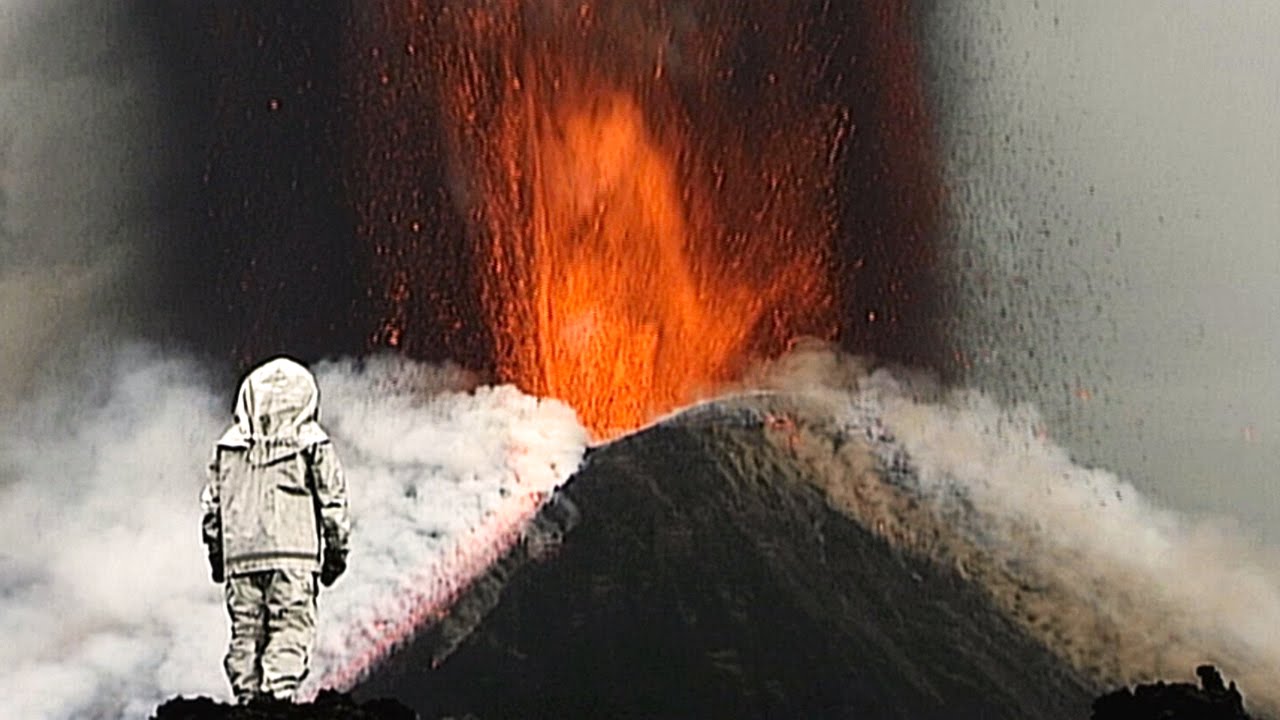Subscribe to Naked Science –
Every other Wednesday we present a new video, so join us to see the truth laid bare…
Will scientists ever be able to predict volcanic eruptions?
Volcanoes are among nature’s most awesome forces. Over millions of years, lava and debris ejected from volcanoes have created more than 80 percent of the surface of our planet. The world’s 1500 currently active volcanoes still kill an average of 800 people per year and threaten the lives of 500 million more. By their very nature, volcanoes are unpredictable, with molten rock, known as magma, forcing upwards under almost unimaginable power through complex webs of rock fractures from up to a hundred miles under the ground.
We visit the Italian city of Naples, where 500,000 people live in the shadow of the world’s most dangerous explosive volcanoes, Mount Vesuvius. The mountain that killed thousands in AD79 in Pompeii, is now among the most solely monitored volcanoes on Earth. Scientists study its gas emissions, its earth tremors, its temperature and how the ground on and around the volcano changes shape. And yet as scientist Carmen Solana admits, “We are not right now in the position of being able to predict eruptions.”
Naked Science travels around the world, looking at how each volcano prediction method helps scientists complete the jigsaw picture of when an eruption may happen. On Hawaii, we see how often deadly volcanic gases offer clues to what is happening underground. Here, too, they measure temperature changes to try and predict if an eruption is likely.
We hear of how the study of ground deformation helped scientists predict the eruption of Mount St Helens and save hundreds of lives. And, on Mount Etna in Italy, volcanologist Harry Pinkerton reveals that the temperature of 2000 degree lava flows help him predict what destruction an eruption may cause. In New Zealand, one of the world’s leading seismologists details how her research reveals changing patterns of rock fractures in the run up to the eruption of the massive Mount Ruapehu volcano. Her studies of seismic waves, the sounds generated by earthquakes, could help prediction in other countries.
For the newest prediction techniques, Naked Science looks at stunning computer images revealing the structure of magma chambers up to 100 miles under the ground. Nobody has ever seen this deep before. To create the picture English scientists tap into the massive penetrating power of electromagnetic waves, hitting the ground in lightning storms. Finally the program moves to Iceland where scientists combat the deadly threat of under ice volcanoes by creating computer models linking the information gathered by all of the prediction methods we have seen in the film. That offers hope for the future, although the volcanologists still warn that, however much their science improves, volcanoes will still produce unpredictable and often deadly eruptions.

